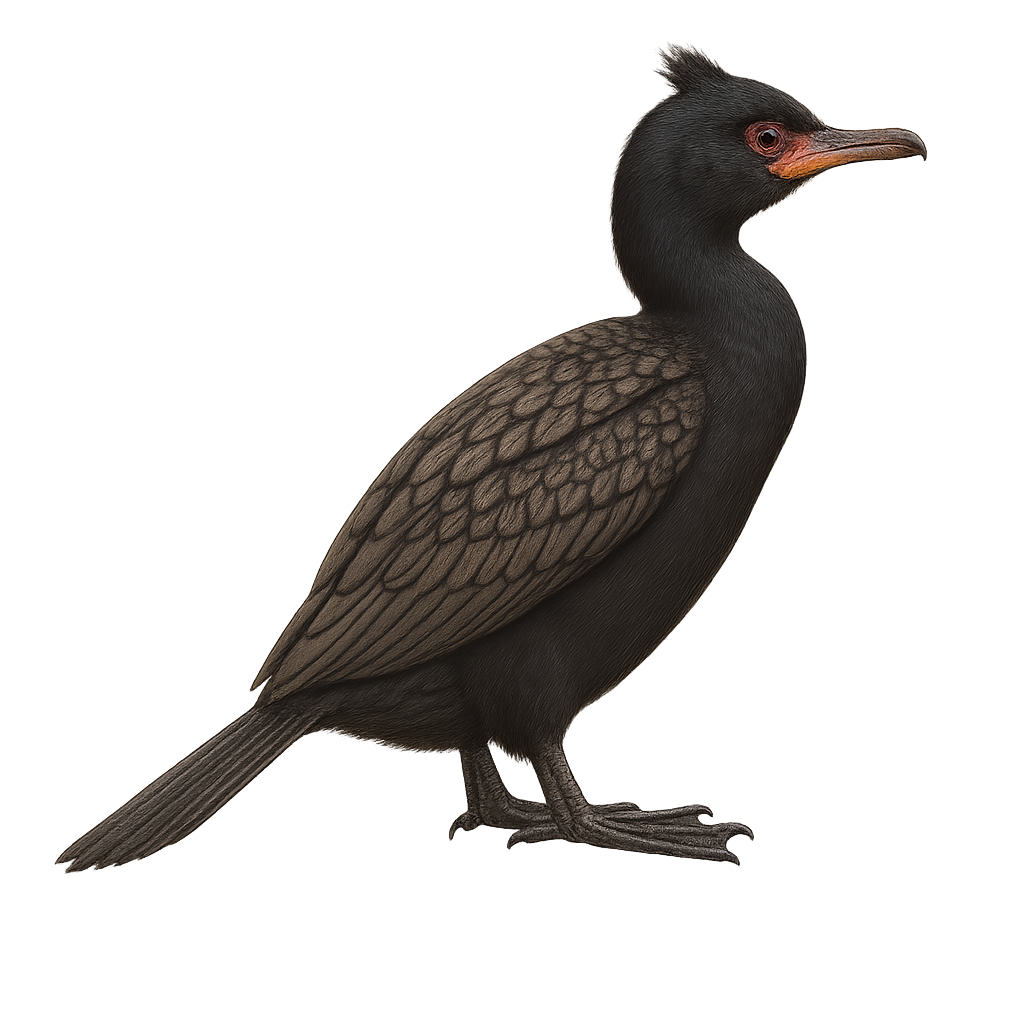Your wildlife photography guide.
Explore the crowned cormorant in detail, study its behavior, prepare your shots.
Where to observe and photograph the crowned cormorant in the wild
Learn where and when to spot the crowned cormorant in the wild, how to identify the species based on distinctive features, and what natural environments it inhabits. The WildlifePhotographer app offers tailored photography tips that reflect the crowned cormorant’s behavior, helping you capture better wildlife images. Explore the full species profile for key information including description, habitat, active periods, and approach techniques.
Crowned Cormorant
Scientific name: Microcarbo coronatus

IUCN Status: Least Concern
Family: PHALACROCORACIDAE
Group: Birds
Sensitivity to human approach: Suspicious
Minimum approach distance: 10 m
Courtship display: November to January
Incubation: 25-28 jours
Hatchings: November to February
Habitat:
Rocky coasts, estuaries, lagoons
Activity period :
Primarily active during the day, with peak activity in the morning and late afternoon.
Identification and description:
The Crowned Cormorant, Microcarbo coronatus, is a medium-sized aquatic bird primarily found along the rocky coasts of southern Africa. Its plumage is predominantly black with metallic green sheen, and it features a distinctive small crest on its head, giving it its name. This cormorant feeds mainly on small fish and crustaceans, which it skillfully catches by diving underwater. It is often seen perched on rocks, drying its wings in the sun. Although its habitat is relatively limited, it adapts well to coastal environments, allowing it to maintain a stable population. However, it remains vulnerable to human disturbances and marine pollution.
Recommended lens:
400mm – adjust based on distance, desired framing (portrait or habitat), and approach conditions.
Photography tips:
To photograph the Crowned Cormorant, opt for early morning or late afternoon hours to take advantage of soft lighting. Use a telephoto lens of at least 400mm to capture precise details without disturbing the bird. Look for spots where cormorants rest, often on rocks near the water. Be patient and discreet to avoid scaring them away. A tripod can be useful to stabilize your camera, especially if using slower shutter speeds.
The WildlifePhotographer App is coming soon!
Be the first to explore the best nature spots, track rutting seasons, log your observations, and observe more wildlife.
Already 1 432 wildlife lovers subscribed worldwide

